In a groundbreaking discovery that blurs the line between science fiction and reality, researchers have successfully revived 250-million-year-old microorganisms trapped inside salt crystals. These ancient life forms, suspended in a state of suspended animation for a quarter of a billion years, are rewriting our understanding of biological longevity and the potential for life in extreme environments.
The microbes were discovered within fluid inclusions in salt deposits from the Permian period, a time when Earth's continents were still joined as the supercontinent Pangaea. These microscopic survivors endured through the age of dinosaurs, multiple mass extinctions, and dramatic climate shifts while encased in their crystalline tombs. Their revival challenges fundamental assumptions about the limits of life's persistence.
Dr. Sarah Whitman, lead researcher on the project at the New Mexico Institute of Mining and Technology, describes the moment of discovery: "When we first observed metabolic activity in these ancient cells under the microscope, the entire lab fell silent. We were witnessing something that hadn't been alive since before mammals existed on this planet." The team used stringent sterilization protocols and multiple control experiments to confirm the organisms' authenticity and rule out contamination.
The survival mechanism of these microorganisms represents one of nature's most extraordinary feats of endurance. Analysis suggests they entered a state of cryptobiosis - a complete metabolic shutdown that allows certain organisms to withstand environmental extremes. What makes this case remarkable is the unprecedented timescale; previously, the record for revived microbes stood at a mere 25-40 million years.
Genetic sequencing reveals these organisms to be prokaryotes resembling modern halophilic (salt-loving) bacteria, yet with distinct genomic differences that may hold clues to ancient biochemical pathways. Their DNA shows patterns of damage consistent with extreme age, yet retains enough integrity to permit cellular repair once conditions became favorable. Researchers speculate that the stable, dry environment within the salt crystals protected the microbes from radiation and chemical degradation.
This discovery carries profound implications for multiple scientific disciplines. Astrobiologists point to the findings as evidence that life could potentially survive interplanetary travel within protective mineral matrices. The research also suggests that similar preservation might occur in the salt deposits discovered on Mars, raising tantalizing possibilities for finding preserved Martian microorganisms.
From a medical perspective, understanding these ancient survival mechanisms could lead to breakthroughs in preserving biological materials. The microbes' ability to protect and repair their DNA over geological timescales might inform new approaches to long-term vaccine storage or organ preservation.
However, the research has sparked ethical debates within the scientific community. Some researchers caution about potential risks associated with reviving ancient organisms whose ecological context no longer exists. Dr. Robert Chen from the International Biosafety Committee notes, "While the likelihood of pathogenicity is extremely low, we're dealing with biological entities that haven't interacted with modern ecosystems for 250 million years. Prudence demands careful consideration of containment protocols."
The research team has implemented multiple containment levels and plans to conduct all experiments on the microbes in specialized BSL-3 laboratories. Current work focuses on characterizing the organisms' biochemistry without allowing them to proliferate outside controlled conditions.
Looking ahead, scientists aim to study how these microorganisms adapt to modern conditions and whether they retain any metabolic capabilities lost to contemporary species. The salt deposits where they were found extend deep underground, suggesting Earth's subsurface might harbor even older life forms waiting to be discovered.
As technology advances, researchers anticipate developing more sophisticated methods to study these ancient survivors without compromising their structural integrity. Non-invasive imaging techniques and single-cell analysis methods may reveal further secrets about their extraordinary longevity.
This discovery fundamentally alters our perception of life's tenacity. As Dr. Whitman reflects, "These microbes have shown us that life, once established, clings to existence with incredible determination. They've survived conditions we would have previously considered impossible - that changes how we look for life elsewhere in the universe and how we understand its history on our own planet."
The research continues to unfold as scientists work to unlock the full secrets of these Permian-period survivors. Each new finding promises to shed light on one of biology's most profound questions: what are the ultimate limits of life's endurance?

By Emily Johnson/Apr 10, 2025

By John Smith/Apr 10, 2025
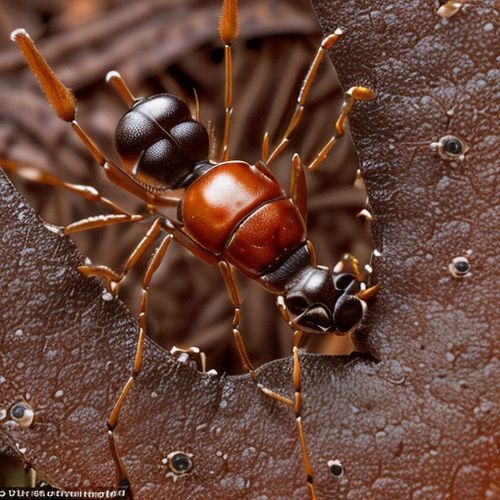
By Christopher Harris/Apr 10, 2025
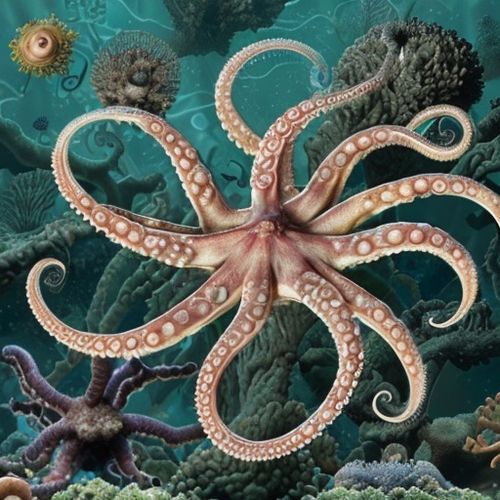
By Noah Bell/Apr 10, 2025

By Rebecca Stewart/Apr 10, 2025
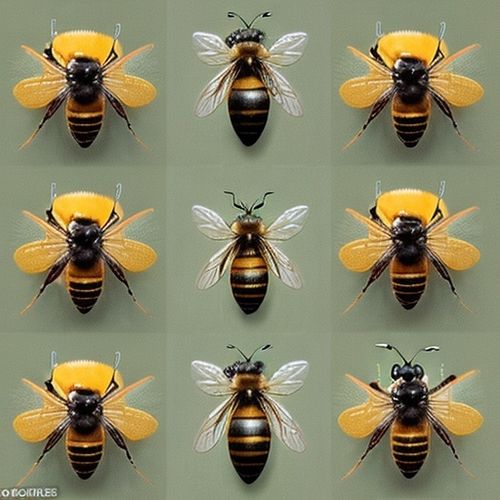
By Victoria Gonzalez/Apr 10, 2025
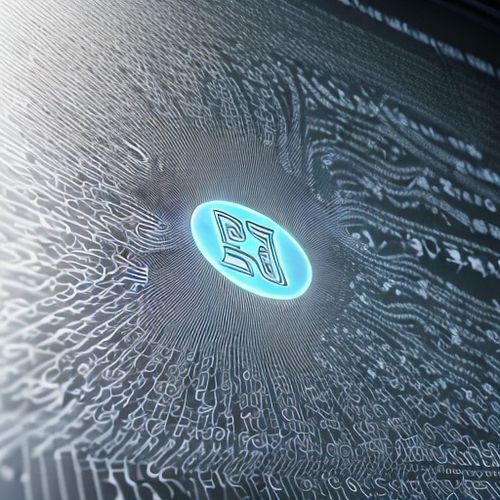
By Amanda Phillips/Apr 10, 2025

By Emma Thompson/Apr 10, 2025

By Lily Simpson/Apr 10, 2025

By Emma Thompson/Apr 10, 2025

By Sophia Lewis/Apr 10, 2025
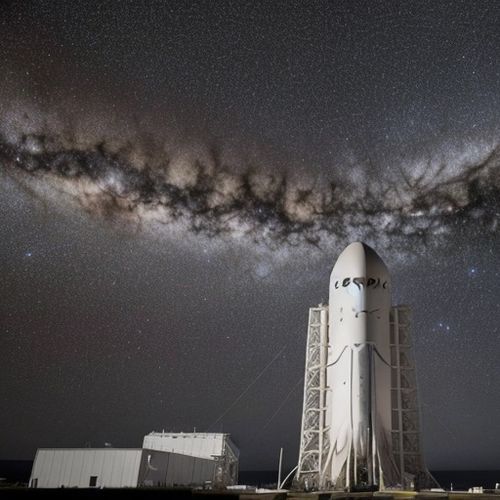
By Rebecca Stewart/Apr 10, 2025
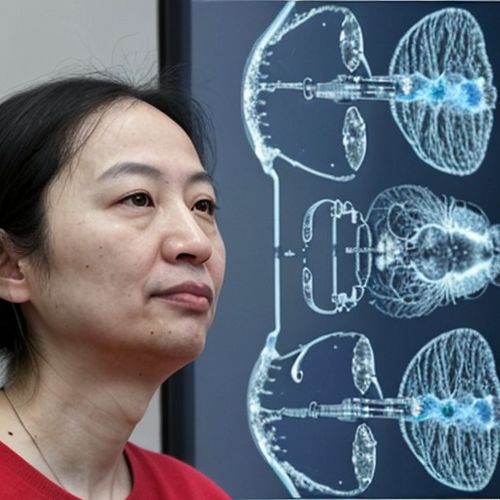
By Noah Bell/Apr 10, 2025
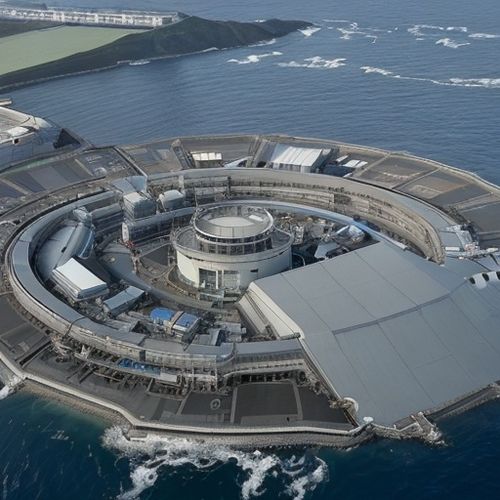
By Sophia Lewis/Apr 10, 2025
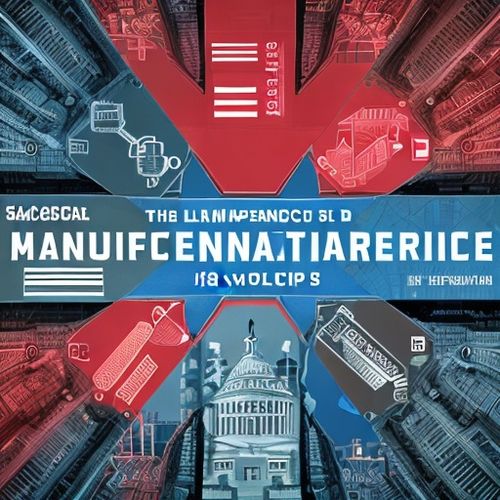
By Christopher Harris/Apr 10, 2025

By Eric Ward/Apr 10, 2025

By Daniel Scott/Apr 10, 2025